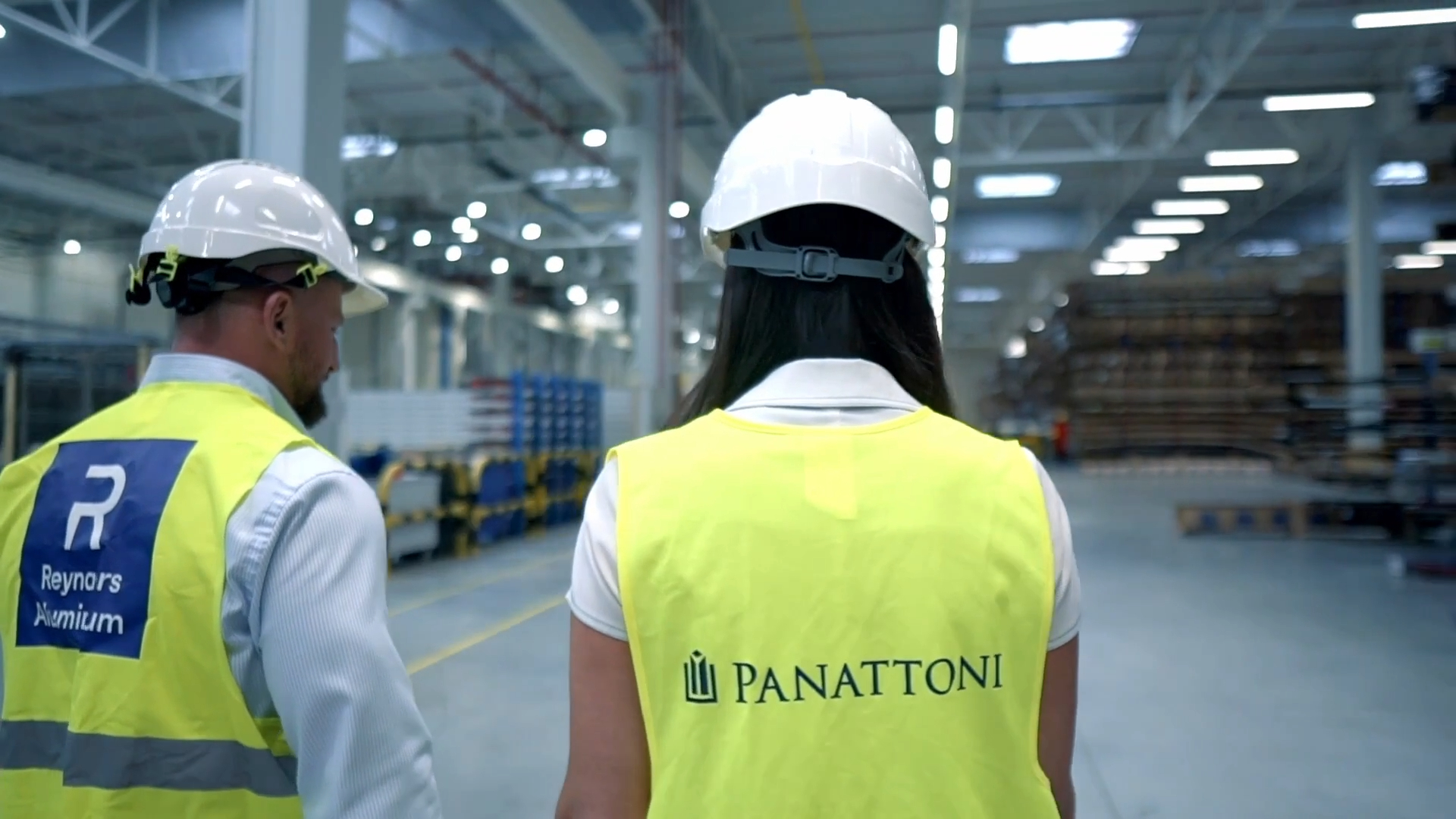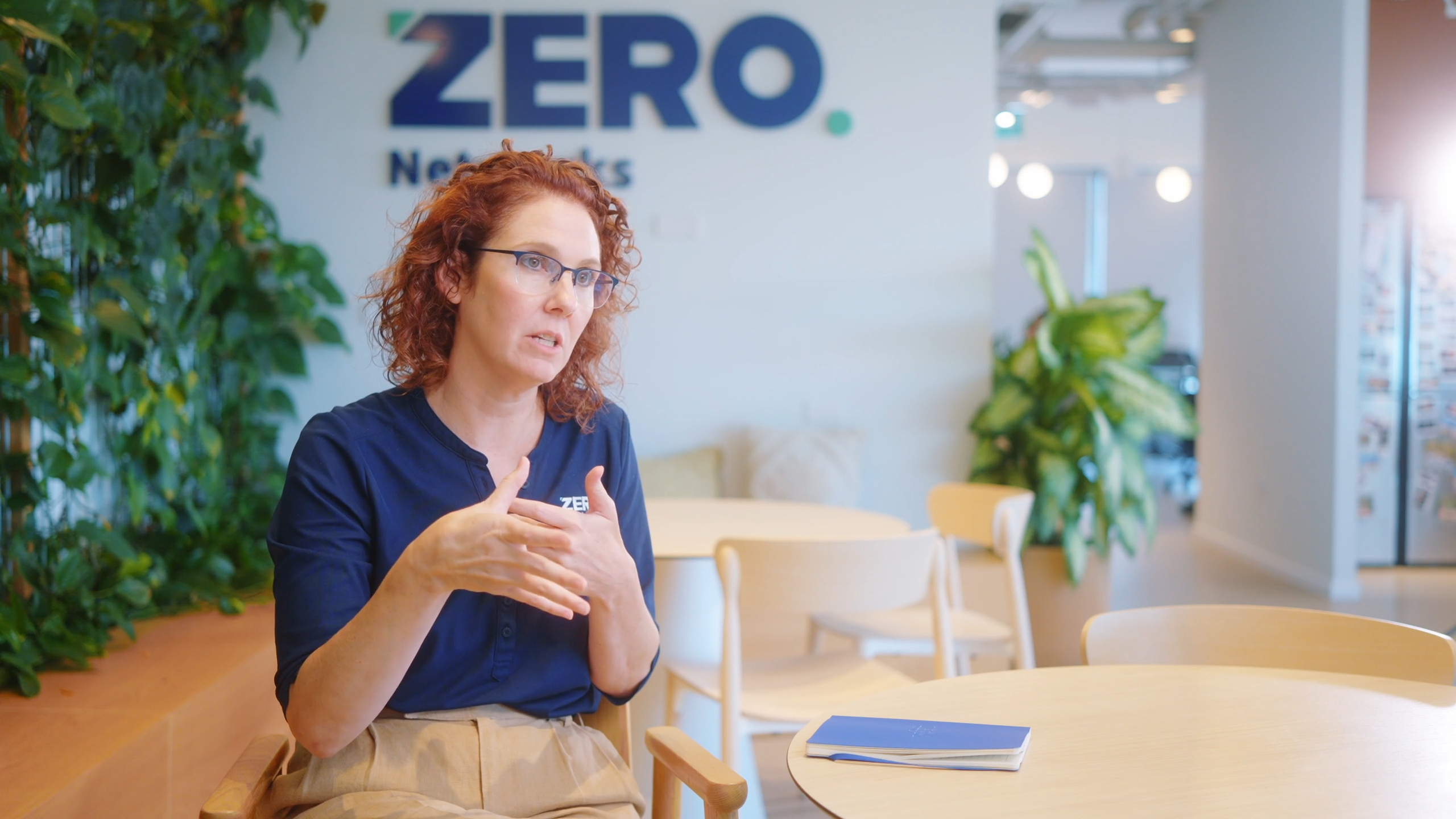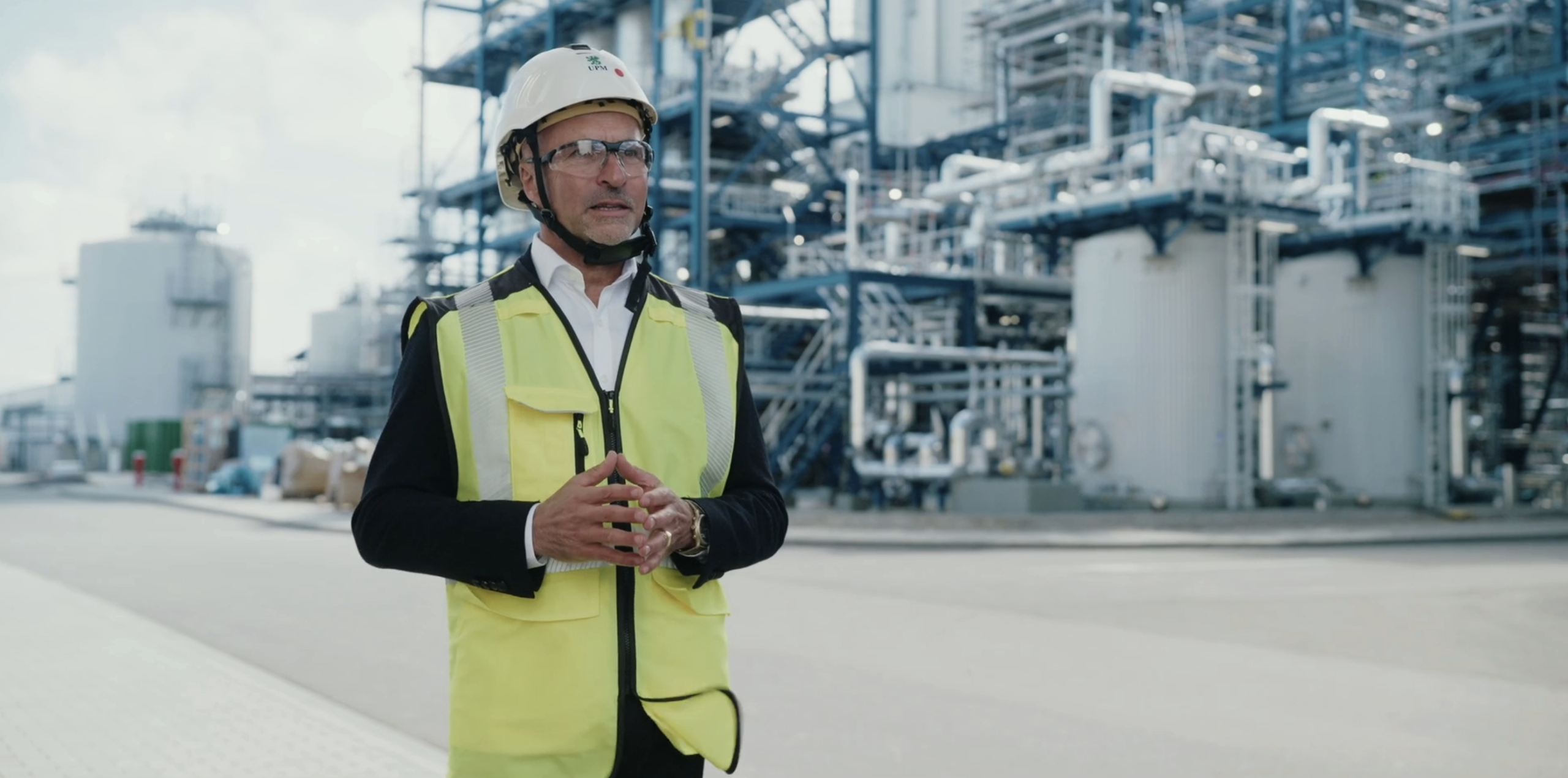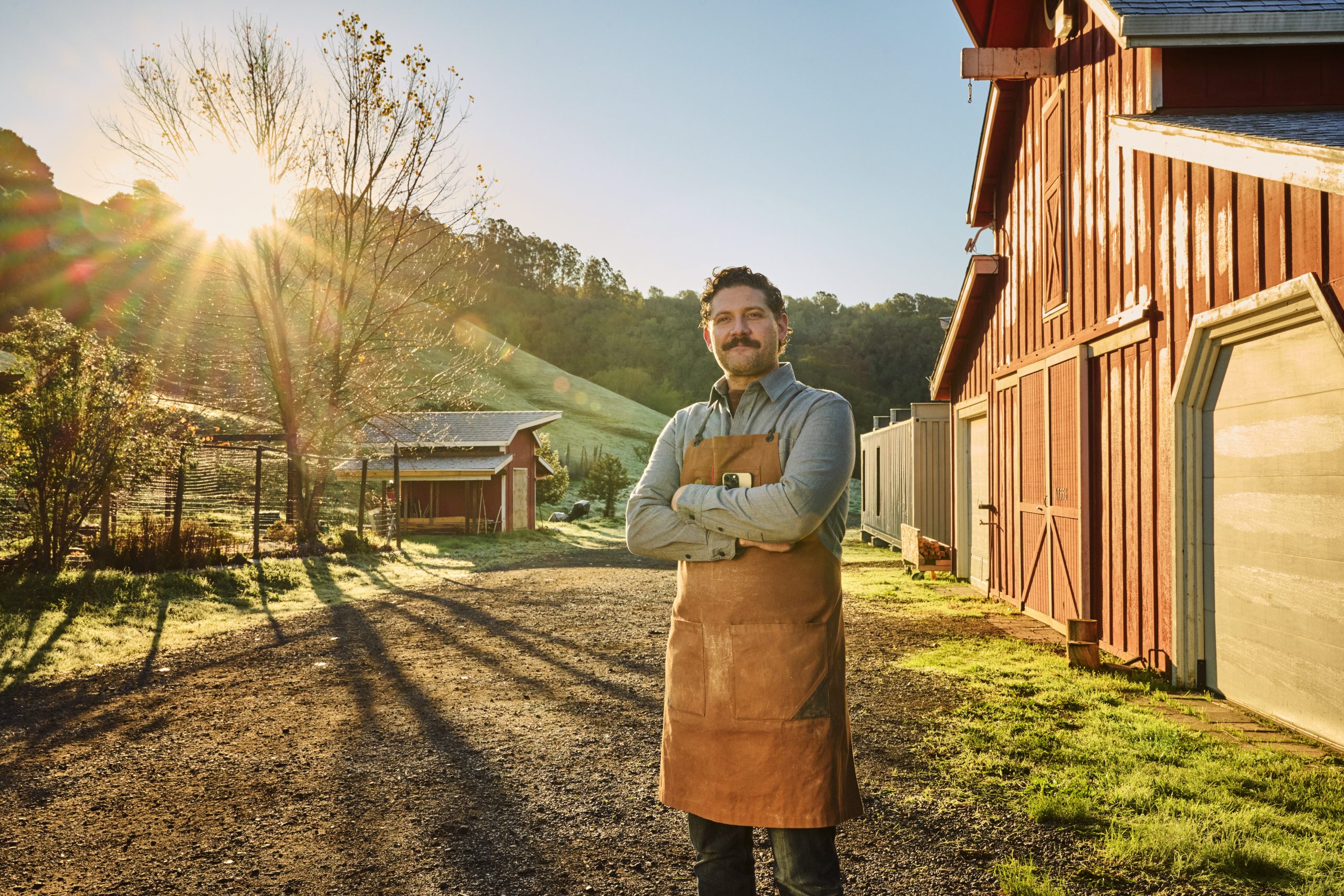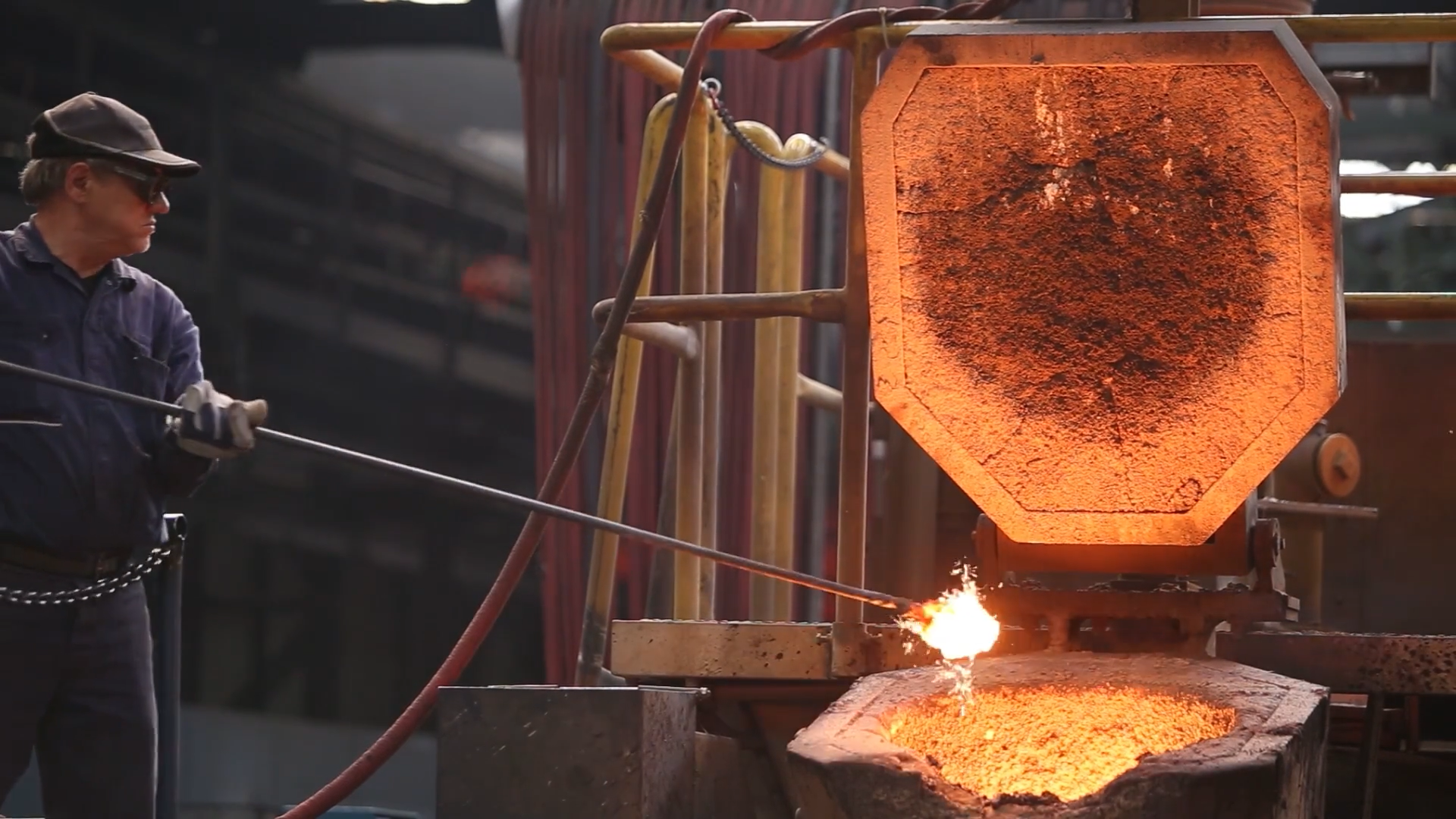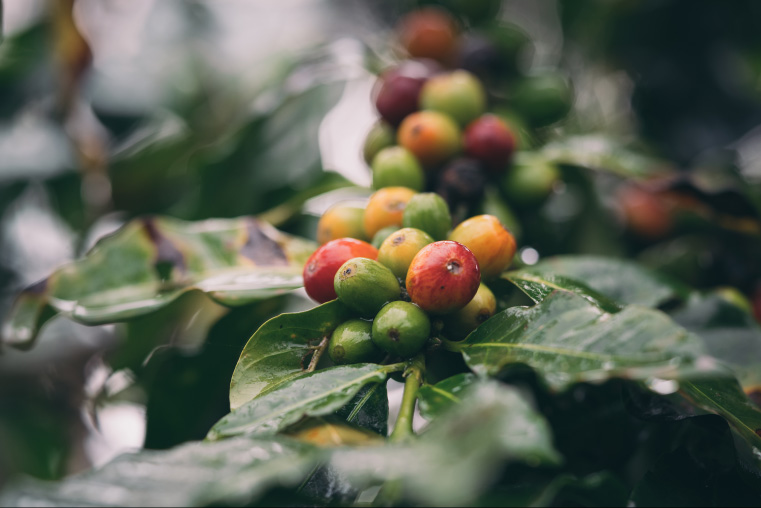The Essential Role of Farmers in Tackling Climate Change
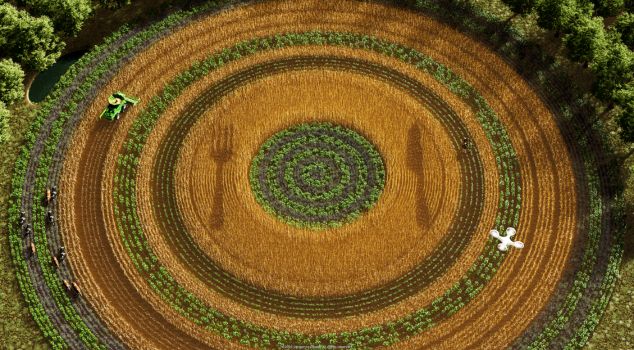
Syngenta uses digital technologies to produce regenerative agriculture, changing the future of food & agricultural industries
Syngenta Group’s Mission: Transforming Agriculture for Climate Action
COP27 saw a clear rise in interest for how food and agriculture can contribute to mitigating and adapting to climate change. This was unprecedented in recognizing that we cannot achieve the goals of the Paris agreement without transforming food and agriculture. We must recognize the essential role of farmers in tackling climate change since agriculture currently accounts for about a quarter of greenhouse gas emissions.
With a growing population, we must sustainably increase yields on existing agricultural lands to protect natural habitats, reduce on-farm emissions, and increase soil carbon sequestration. This is not an easy task but Syngenta Group is investing heavily to provide the solutions needed. This is what we are bringing to the table at COP28, and we want to join up with partners across the food chain to make it a reality.
Syngenta Group is a research and innovation powerhouse, with some 6,500 employees working in research and development, and more than 150 R&D hubs worldwide. The company invests $1.4 billion in R&D each year and, since 2020, has invested $1.3 billion in breakthroughs specifically designed to boost environmental sustainability. The Group is investing an additional $2 billion in sustainability-driven innovation by 2025. And we are partnering with key players in the industry and NGOs to move even faster.
Revolutionizing Farming: Syngenta’s Commitment to Sustainable Agriculture and Farmer Prosperity
There is not one game-changer in agriculture. There are many paths to pursue – ranging from higher yield with lower impact, soil regeneration, improvement of rural prosperity to advancing truly sustainable operations across the entire value chain (from the farmer to the consumer).
The one key practice that summarizes these practices is called regenerative agriculture.
There are a number of promising projects underway that leverage regenerative agriculture to resuscitate land that’s already been depleted of nutrients, biodiversity and topsoil. In one example, Syngenta is partnering with The Nature Conservancy and local partners in China to transition 800,000 hectares of Chinese farmland to sustainable practices by the end of 2023. The Run Tian project is a transformative initiative to advance soil health in the Huang-Huai-Hai region of North China, demonstrating the agronomic and economic viability of reduced or no-till field management.
Such projects require deep, ongoing relationships with farmers, complicated financing arrangements to ensure that farmers profit from their efforts, sustained soil health monitoring and continual adjustments based on what’s working and what’s not. They require the cooperation between all actors including banks, nonprofits and governments to scale projects like this all around the world—working hand in hand with farmers to create realistic long-term land restoration and reclamation plans.
Syngenta’s Vision for COP28: Pioneering Agricultural Innovations for Farmers and the Environment
Besides its efforts in promoting regenerative agriculture, Syngenta Group will continue to develop innovative seeds and crop protection products and solutions that enable farmers to increase their yield with a lower impact on nature and people. And we will expand our digital technologies to accelerate more productive and regenerative agriculture that optimizes inputs and enable farmers to make precise, data-driven decisions that benefit the environment.
Find out more about COP28 campaign


